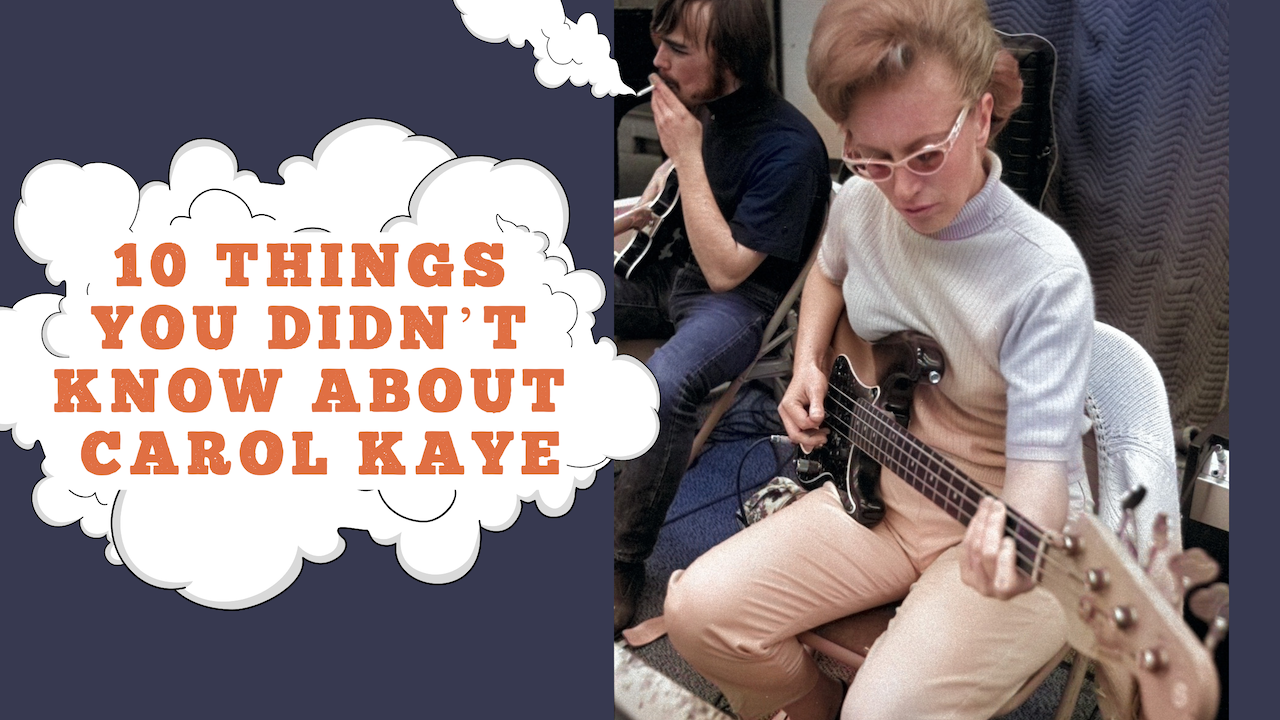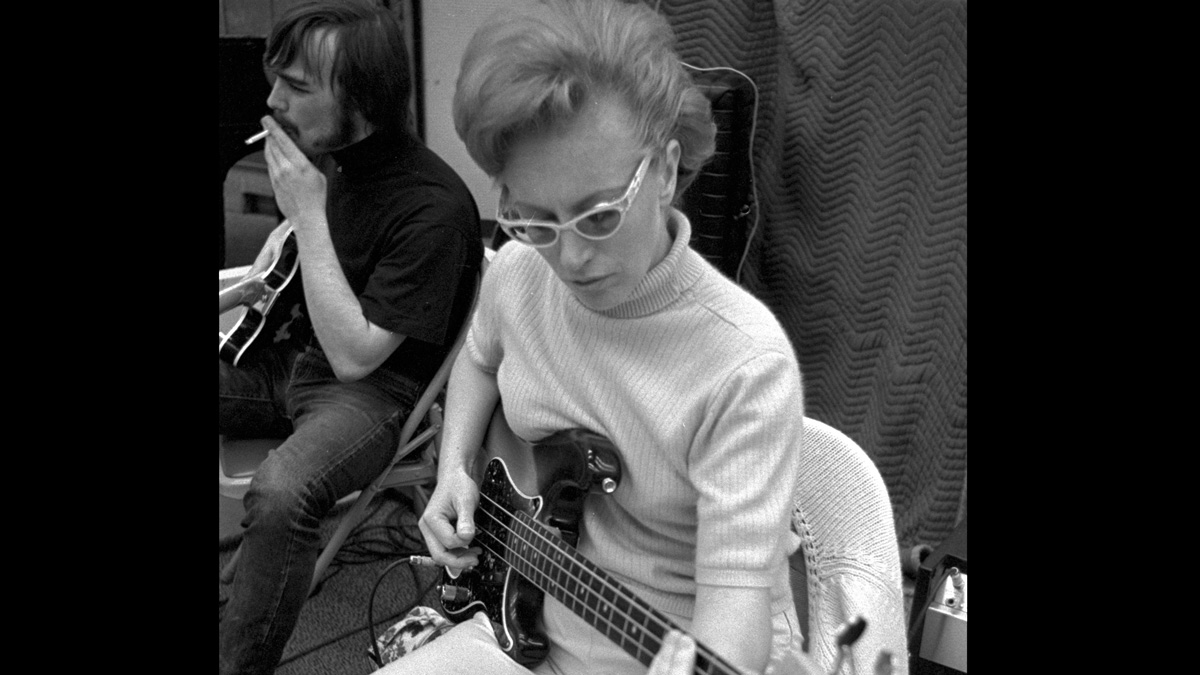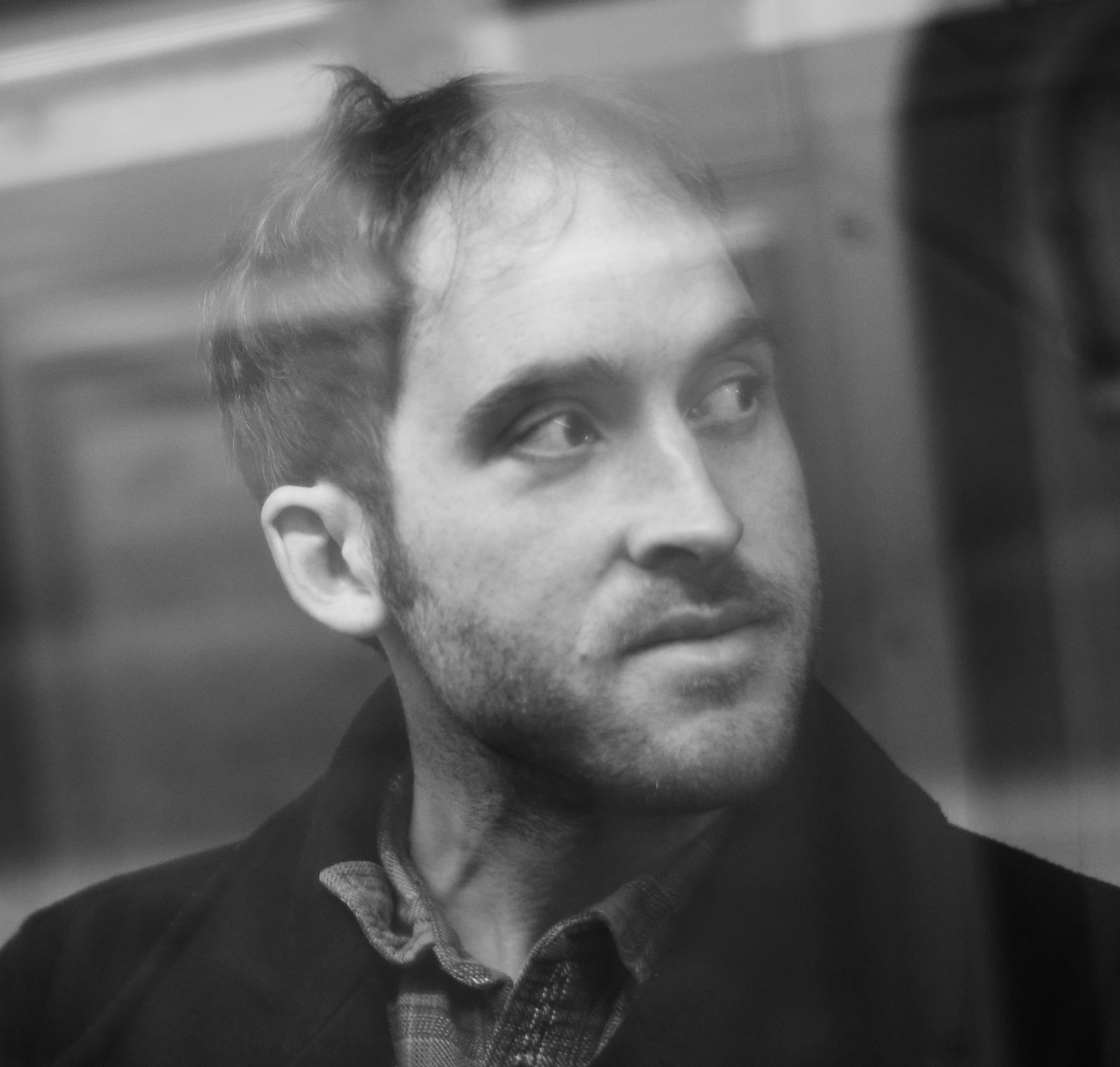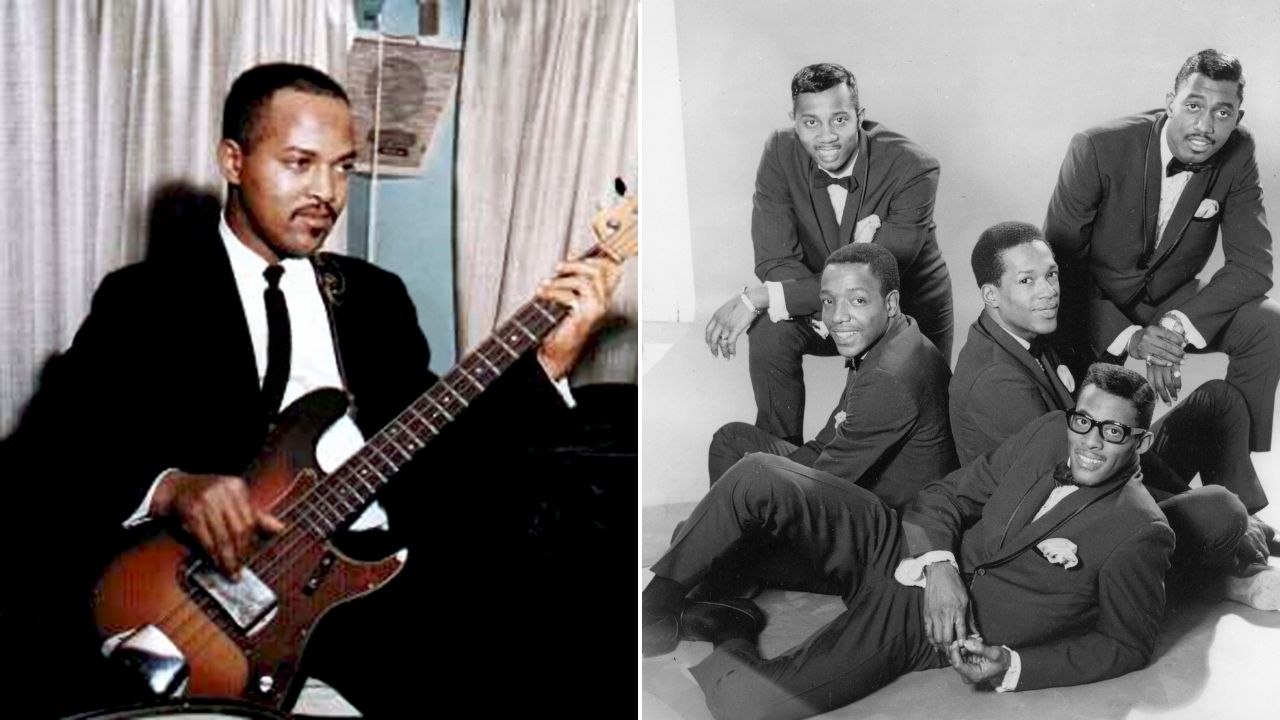10 things you didn’t know about Carol Kaye
She played for Elvis, Sinatra, Spector, the Beach Boys - but just how did she do it?

Having played on literally thousands of studio sessions, Carol Kaye’s credits are enough to humble even the greatest names in music. That’s her on The Beach Boys Pet Sounds album, on records by Ray Charles, Joe Cocker, Simon & Garfunkel, Elvis Presley, Sonny & Cher, Frank Sinatra, the score for Butch Cassidy and the Sundance Kid, and the theme from Mission Impossible.
As one of LA's top session players during the 60s, Kaye was a favourite among producers like Phil Spector and Lou Adler, while Quincy Jones wouldn’t book a film session without her. Jones later wrote in his 2001 autobiography, “The Fender bass player Carol Kaye could do anything and leave the men in the dust.”
One of the important things about bass playing styles of this period was that almost everybody used a plectrum with flatwound strings. Kaye also used a piece of foam to dampen the strings at the bridge. “We were all mute-conscious back then, because when you go into the studio, you can't possibly have all the same sounds that you do playing live. Since I played with a pick, I took a piece of felt, doubled it up, and taped it on the strings.”
Aside from her special muting technique, we’ve selected 10 things you probably didn’t know about one of the most recorded bass players in history.
1. She began as a jazz guitarist with Sam Cooke
Kaye’s session career began in December 1957, not as a bass player, but as a jazz guitarist. Having been impressed by her chops at LA’s Beverly Caverns jazz club, music mogul Bumps Blackwell invited Carol to play on a recording session for a young singer he had recently discovered called Sam Cooke. Over the next five years Carol’s Epiphone Emperor guitar was to appear on records by Richie Valens, Bobby Darin, The Ventures, The Ronettes and The Beach Boys.
2. She played on the first two Frank Zappa albums
“Frank was very warm to Dennis Budimer, Tommy Tedesco and me, his guitar section," Kaye once told BP . "I played 12-string. He had his own rhythm section and just added us on Freak Out and Mothers of Invention. I admired Frank, but later declined to work for him when I read his porn lyrics. It was my way of protesting as a mother raising three children! We always sent our best regards to each other though and I always stuck up for him. He respected musicianship, so we liked him and his music very much."
3. She switched to bass because of Phil Spector

Everything changed in 1963 when Hollywood’s first call bassist, Ray Pohlman, became unavailable and producer Phil Spector persuaded Kaye to fill the vacant bass slot. “Suddenly I was able to play a lot of the stuff that had been in my head for years; all those funky basslines. But there was the added advantage of not having to cart around a whole bunch of acoustic and electric guitars, 12 strings and two or three amps. I became obsessive about practising on this new instrument to get my approach together.”
4. She played fuzz bass on Good Vibrations
On the out-takes from the Good Vibrations sessions Carol can be heard playing a fuzz bass part. “That didn’t make it onto the released hit version though; it was just another experiment that Brian wanted to try," she says. "I used a Gibson Maestro box. In all we took 36 hours to cut Good Vibrations. We knew it was a biggie, so we didn’t have a problem with the long hours.”
5. She rescued Sonny & Cher’s The Beat Goes On
Recorded at Hollywood’s Gold Star Studios on December 13th 1966, The Beat Goes On is credited to arranger Harold Battiste, yet, according to Kaye, her bouncy bass lick in F, which replaced the original walking bassline, rescued the entire session. “I mean, it was a nothing song, and then I found a bassline that kind of made it. But you could say that about all of those songs. About 95% wouldn't have been hits without us."
All the latest guitar news, interviews, lessons, reviews, deals and more, direct to your inbox!
6. Her basslines on Pet Sounds inspired Sgt Pepper
Paul McCartney has repeatedly cited the bass playing on Pet Sounds as the inspiration for the bass style that he developed around the time of Revolver and Sgt. Pepper’s Lonely Hearts Club Band. “Pet Sounds was my inspiration for making Sgt. Pepper. I was really blown away with how clever it was and how intriguing the arrangements were. There’s a very interesting bass, it’s always nearly an off beat. If you’ve got a song in C the first bass note will normally be a C. But Carol would play a G. It still fitted, but it gave you a whole new field.”
7. She was recruited by Music Man to demo the first-ever StingRay

In 1978, Music Man sounded out Kaye to help launch the StingRay, with the session legend subsequently putting the new model through its paces on a wild fusion track titled Changes, for which she recruited drummer John Guerin. “It was a great clean sound,” Kaye said of her experience with the StingRay. "It was always a commercial bass, but I thought, 'Yeah, that’s a great bass.'”
8. She gave Gene Simmons an impromptu lesson
Kaye once gave an impromptu bass lesson to Gene Simmons of Kiss at Sunset Sound Studios in Hollywood. The clip is actually an outtake from a 2012 documentary called Sample This. “You've got to do it with the beat, Gene," Kaye tells Simmons. “That’s the secret, right there.”
9. She jammed with Victor Wooten and Steve Bailey at the 2000 NAMM Show
Old school met new school at the 2000 Winter NAMM Show in Anaheim when Kaye found herself alongside bass virtuosos Victor Wooten and Steve Bailey. All three are playing different iterations of the Aria Steve Bailey Signature model. Despite playing a P Bass for most of her session career, in around 2001, Kaye turned to the Ibanez SRX700 as it “gave me the jazz sounds that I wanted”.
10. Some of her work was wrongly attributed to James Jamerson
According to Kaye, some of her work was wrongly attributed to Motown bassist James Jamerson. In an article called Reconstructing the History of Motown Session Musicians: The Carol Kaye/James Jamerson Controversy, Brian F. Wright detailed his research into some of Motown's contested history. “I can tell you that Kaye is definitely playing on I’m Ready For Love by Martha & The Vandellas, Love Is Here And Now You’re Gone by the Supremes, In And Out Of Love by the Supremes, and Brenda Holloway’s You’ve Made Me So Very Happy. I can back those up 100 percent, and all of those were hits.”

Carol Kaye’s work with a group of studio musicians known as The Wrecking Crew led to her prominent role in a 2008 documentary, which is available on Amazon.

Nick Wells was the Editor of Bass Guitar magazine from 2009 to 2011, before making strides into the world of Artist Relations with Sheldon Dingwall and Dingwall Guitars. He's also the producer of bass-centric documentaries, Walking the Changes and Beneath the Bassline, as well as Production Manager and Artist Liaison for ScottsBassLessons. In his free time, you'll find him jumping around his bedroom to Kool & The Gang while hammering the life out of his P-Bass.
